Filter by

The Physiology of Microalgae
It has been over 40 years since the publication of a book on algal physiology. Apart from reviews and chapters no other comprehensive book on this topic has been published. Research on microalgae has expanded enormously since then, as has the commercial exploitation of microalgae. This volume thoroughly deals with the most critical physiological and biochemical processes governing algal growth …
- Edition
- -
- ISBN/ISSN
- 978-3-319-24945-2
- Collation
- X, 681
- Series Title
- Developments in Applied Phycology
- Call Number
- -

Integrated Water Resources Management: Concept, Research and Implementation
This book reviews the concept, contemporary research efforts and the implementation of Integrated Water Resources Management (IWRM). The IWRM concept was established as an international guiding water management paradigm in the early 1990ies and has become a vital approach to solving the problems associated with the topic of water. The book summarizes fourteen comprehensive IWRM research project…
- Edition
- -
- ISBN/ISSN
- 978-3-319-25071-7
- Collation
- -
- Series Title
- -
- Call Number
- -
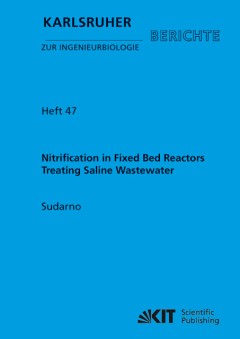
Nitrification in Fixed Bed Reactors Treating Saline Wastewater
Two fixed bed reactors for nitrification with either polyethylene/clay sinter lamellas (FBR A) or porous ceramic rings (FBR B) were continously run for treating synthetic saline wastewater. Seawater from Hafen Büsum was used as an inoculums. The performance of the system was evaluated under different operating conditions. A better overall nitrification without nitrite accumulation was observed…
- Edition
- -
- ISBN/ISSN
- 978-3-86644-691-5
- Collation
- -
- Series Title
- -
- Call Number
- 628.168 SUD n
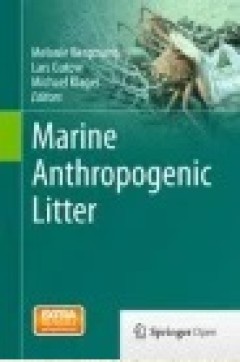
Marine Anthropogenic Litter
This book describes how man-made litter, primarily plastic, has spread into the remotest parts of the oceans and covers all aspects of this pollution problem from the impacts on wildlife and human health to socio-economic and political issues. Marine litter is a prime threat to marine wildlife, habitats and food webs worldwide. The book illustrates how advanced technologies from deep-sea resea…
- Edition
- -
- ISBN/ISSN
- 978-3-319-16510-3
- Collation
- -
- Series Title
- -
- Call Number
- -
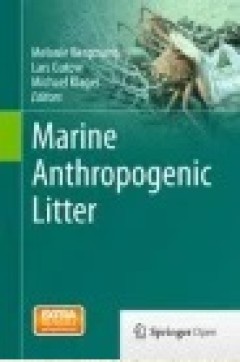
Marine Anthropogenic Litter
This book describes how man-made litter, primarily plastic, has spread into the remotest parts of the oceans and covers all aspects of this pollution problem from the impacts on wildlife and human health to socio-economic and political issues. Marine litter is a prime threat to marine wildlife, habitats and food webs worldwide. The book illustrates how advanced technologies from deep-sea res…
- Edition
- -
- ISBN/ISSN
- 978-3-319-16510-3
- Collation
- -
- Series Title
- -
- Call Number
- -
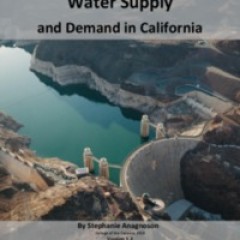
Water Supply and Demand in California
You’re about to understand water demand and water supply more deeply. This understanding is going to change how you look at your water bill, grass in your yard and around town, and all those canals you see while driving around in California. Understanding the connection between demand and supply is critical to anyone working in the water industry today. Water demand is our need and use of wa…
- Edition
- -
- ISBN/ISSN
- -
- Collation
- -
- Series Title
- -
- Call Number
- 627 ANA w

Virtuous Waters : Mineral Springs, Bathing, and Infrastructure in Mexico
Virtuous Waters is a pathbreaking and innovative study of bathing, drinking and other everyday engagements with a wide range of waters across five centuries in Mexico. Casey Walsh uses political ecology to bring together an analysis of shifting scientific, religious and political understandings of waters and a material history of social formations, environments, and infrastructures. The book sh…
- Edition
- -
- ISBN/ISSN
- 9780520291737
- Collation
- -
- Series Title
- -
- Call Number
- 551 WAL v
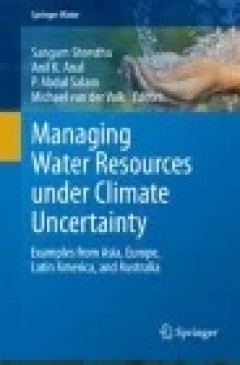
Managing Water Resources under Climate Uncertainty: Examples from Asia, Europ…
This book aims to come up with views to address the queries of planners, policymakers, and general people for water resources management under uncertainty of climate change, including examples from Asia and Europe with successful adaptive measures to change the challenge of climate change into opportunities. The availability of clean water is a major global challenge for the future due to a rap…
- Edition
- -
- ISBN/ISSN
- 978-3-319-10467-6
- Collation
- -
- Series Title
- -
- Call Number
- -

Wetlands and Human Health
The book addresses the interactions between wetlands and human health and well-being. A key feature is the linking of ecology-health and the targeting of practitioners and researchers. The environmental health problems of the 21st Century cannot be addressed by the traditional tools of ecologists or epidemiologists working in their respective disciplinary silos; this is clear from the emergence…
- Edition
- -
- ISBN/ISSN
- 978-94-017-9609-5
- Collation
- XII, 263
- Series Title
- -
- Call Number
- -
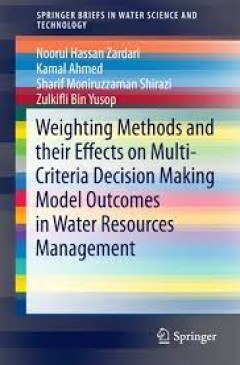
Weighting Methods and their Effects on Multi-Criteria Decision Making Model O…
This book provides a systematic way of how to make better decisions in water resources management. The applications of three weighting methods namely rating, ranking, and ratio are discussed in this book. Additionally, data mining on keywords is presented using three popular scholarly databases: Science Direct, Scopus, and SciVerse. Four abbreviated keywords (MCDM, MCDA, MCA, MADM) representing…
- Edition
- -
- ISBN/ISSN
- 978-3-319-12586-2
- Collation
- XI, 166
- Series Title
- -
- Call Number
- -
 Computer Science, Information & General Works
Computer Science, Information & General Works  Philosophy & Psychology
Philosophy & Psychology  Religion
Religion  Social Sciences
Social Sciences  Language
Language  Pure Science
Pure Science  Applied Sciences
Applied Sciences  Art & Recreation
Art & Recreation  Literature
Literature  History & Geography
History & Geography